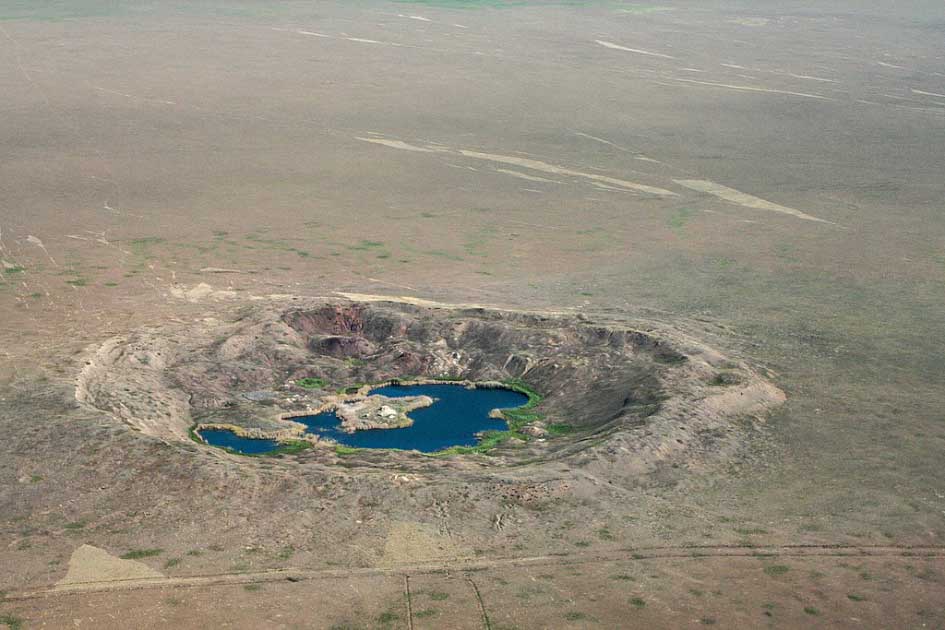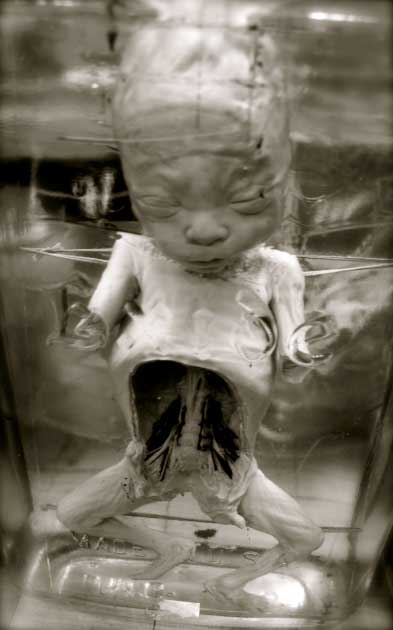The dark history of the Cold War is filled with secrets and lies. Hidden experiments, treachery and deceit swirled around the arms race as each side tried desperately to find an edge against the other.
At the center of the strategic approach for both sides was nuclear weaponry. For the Americans, this meant bomb tests in the Midwest of the mainland United States, as well as in the Pacific. For the USSR, this meant the Semipalatinsk Test Site, better known as the Polygon.
What was the Polygon?
The Polygon was the chief testing ground that was used by the Soviet Union for conducting tests on nuclear weapons. The exact spot was in northeastern Kazakhstan, south of the Irtysh River valley.
The nuclear testing ground is also known as the Semipalatinsk test site. Here all manner of experiments were carried, out, for the story of the Polygon was not just about perfecting the bomb. It was also a story of callous cruelty and indifference to the people who lived nearby.
The studies conducted there resulted in acute radiation fallout, but the Polygon was not in some isolated, deserted spot. There were villagers nearby, and the locals took the full brunt of the radioactivity from the tests.
Since the fall of the Soviet Union in 1991, the truth behind the site and the casual carelessness for human life his been exposed. Today, the Polygon is believed to be one of the most notorious nuclear testing sites that exist in the world.
- The Nedelin Catastrophe: A Secret Rocket Explosion?
- Whoops! How did the US Misplace Six Nuclear Bombs?
Oddly, it is also the only nuclear testing site that can be visited by tourists. Rather you than me.
What Happened There?
The Soviet Union conducted hundreds of nuclear tests in the Polygon. Military scientists from the Soviet Union were responsible for detonating 456 nuclear bombs at the testing site. These tests were carried out between the years 1949 to 1989, as the Polygon remained in active use throughout the Cold War.

The site was chosen as the hub where the testing facilities were established. The residents and the natural environment were exposed to high radiation during these decades. The area was continuously used as an experimentation spot, due to which the nearby villagers had to continuously live in a toxic environment.
The families living in the Polygon during the testing period faced direct and severe health-related impacts because of the acute bursts. Moreover, many generations have been exposed to low doses of radiation over the past decades, which has taken a toll on their health and well-being. According to Kazakh researchers, the exact effect of the detonations and testing activities has not always been obvious.
Some of the effects of the testing activities that have been identified in recent years are the high risk of cancer and the deteriorated cardiovascular health that may pass from one generation to another. The dark legacy of the site continues to haunt the residents even today.
Numerous explosions and tests were performed in the region to see the damage that could be caused by nuclear weapons. Gradually, the tests were reduced and came to a complete halt because of the high amount of radioactive contamination in the geographical region. After the Soviet Union collapsed, it was decided that the Polygon would no longer be used as a testing site.
The name of the Polygon comes from its unique design and shape that resembles the polygonal structure. The testing site had several sides, which were specifically designed so that it could help to shield official observers from the nuclear testing operations.
- The NS Savannah: Whatever Happened to Nuclear Powered Civilian Ships?
- Zvezda: The Moonbase the Soviets (Probably) Didn’t Finish
The testing zone itself was bordered with long, straight lines which formed a plan of a polygon, hence the name. Perhaps the Soviets thought such an innocuous-sounding title would either get missed by the Americans, or else they would have no idea what it meant.
The Polygon Today
It is true that the Polygon today is a tourist destination, but there are other aspects to the site also. The site still contains a huge laboratory, where scientists and researchers from different parts of the globe investigate the impact of radiation exposure on flora and fauna, surface and underground waterways and adjacent populations.
Today the complex is operated by the Institute of Radiation Safety and Ecology of Kazakhstan, and is one of the most scientifically active places in the world. In cooperation with other international bodies and organizations, in recent years, the place has witnessed a number of scientific conferences and research article publications.

However, these events do little to change the dark history of the Polygon. The former nuclear testing site is gradually opening up for other kinds of activities, such as mining, agriculture, and the storage of toxic wastes. It has increased the curiosity of tourists and travelers all across the globe. Many people who are interested in getting a glimpse into the history of the Cold War prefer to explore the Polygon and gain a first-hand experience of its shady past.
The history of the Polygon is interwoven with elements that represent tragedy, death and agony. The massive number of nuclear testing activities that were conducted in the area affected the local community for decades.
Without any fault of their own, they were exposed to danger ,which compromised their health and quality of life. Even though decades have passed since the Soviet Union brought an end to the sadistic testing activities, the local residents have continued to suffer silently.
The Polygon is remembered even today owing to its turbulent past and the suffering that it has brought to the local communities and the natural environment along with it. The Polygon serves as the ultimate proof, which shows that the military personnel of the Soviet Union were capable of going to any length in order to strengthen their military strength.
Top Image: The Polygon has a dark legacy of nuclear testing with many local villagers being poisoned by the radiation. Source: Ben Dalton / CC BY 2.0.
By Bipin Dimri